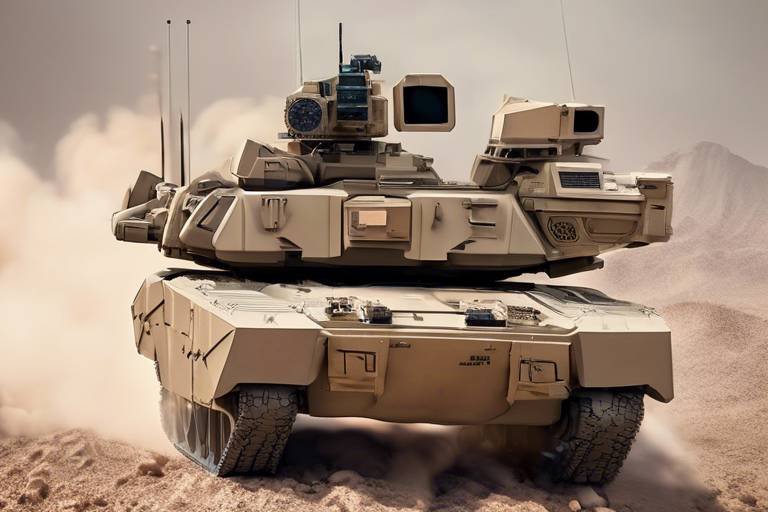Exploring the Capabilities of the GBU-43/B Massive Ordnance Air Blast (MOAB)
The GBU-43/B Massive Ordnance Air Blast (MOAB) is not just another weapon in the military arsenal; it’s a symbol of **power** and **precision** in modern warfare. Often referred to as the "Mother of All Bombs," the MOAB has made headlines not only for its staggering explosive capacity but also for its strategic implications on the battlefield. Designed to create a massive air blast capable of destroying large areas, this bomb represents a leap in military technology, blending **engineering prowess** with tactical necessity. But what exactly makes the MOAB stand out, and how has it shaped the landscape of contemporary combat? In this article, we will explore the intricate features, historical context, and operational significance of this formidable weapon.
The development of the MOAB marked a significant milestone in military technology. Initially conceived during the early 2000s, its design was driven by the need for a bomb that could deliver devastating effects over a wide area without leaving a large footprint. The MOAB was officially introduced in 2003, primarily for use in the War on Terror. Its creation was a response to the evolving nature of warfare, where conventional explosives were often insufficient against fortified positions or large troop concentrations. The MOAB was designed to fill this gap, embodying a blend of **innovation** and **strategic foresight**.
Understanding the technical specifications of the MOAB is crucial for grasping its capabilities. Weighing in at approximately **21,600 pounds** (9,800 kg), the MOAB is one of the largest non-nuclear bombs in existence. Its explosive power is derived from a combination of **HMX** and **aluminum powder**, resulting in a yield equivalent to approximately **11 tons of TNT**. The bomb's design features include a GPS-guided system that ensures precision targeting, enabling it to strike with remarkable accuracy. The MOAB's unique **air blast** effect creates a devastating shockwave that can obliterate structures and incapacitate enemy forces across a wide radius.
The MOAB has been deployed in various military operations, showcasing its versatility and strategic importance. One of its most notable uses was in **April 2017**, when it was dropped on an ISIS tunnel complex in Afghanistan. This deployment was not merely about destruction; it was a calculated decision aimed at sending a clear message to adversaries. The bomb's ability to clear out extensive tunnel networks and disrupt enemy operations highlighted its role as a psychological weapon as much as a physical one. Such scenarios illustrate how the MOAB can be a game-changer in combat situations, providing commanders with a powerful tool to achieve their objectives.
The introduction of the MOAB has transformed modern combat strategies. Its sheer destructive capability forces military planners to rethink traditional approaches to warfare. The MOAB’s effectiveness in demolishing fortified positions and large troop formations has led to its integration into **asymmetric warfare** strategies. This bomb not only has the potential to destroy physical targets but also to instill fear and uncertainty in enemy ranks. The psychological impact of such a weapon can be profound, often leading to a shift in enemy tactics and morale.
When comparing the MOAB with other types of ordnance, its unique capabilities become evident. Unlike conventional bombs that rely on penetration to cause damage, the MOAB’s air blast effect is designed to maximize destruction over a wide area. For instance, while a typical **JDAM** (Joint Direct Attack Munition) might be effective against specific targets, the MOAB excels in scenarios requiring area denial or large-scale demolition. However, it is essential to consider its limitations, such as the need for precise delivery systems and the potential for collateral damage in populated areas.
The use of the MOAB has not been without controversy. Critics argue that the deployment of such a powerful weapon raises ethical questions, particularly regarding civilian casualties and the broader implications of its use in conflict zones. The bomb's immense destructive capability can lead to significant loss of life and property, prompting debates about the morality of employing such weapons. These concerns highlight the ongoing tension between military effectiveness and humanitarian considerations in modern warfare.
As military technology evolves, the future of massive ordnance like the MOAB is uncertain. With advancements in precision-guided munitions and the increasing emphasis on minimizing collateral damage, the role of the MOAB may shift. Future developments could include enhanced guidance systems or alternative payloads that focus on **non-lethal** effects. However, the fundamental principles of deterrence and area denial will likely keep the MOAB relevant in military arsenals for years to come.
In conclusion, the MOAB represents a significant development in military capabilities. Its ability to deliver overwhelming force in a single strike has reshaped combat strategies and influenced the dynamics of warfare. As we look to the future, the implications of its use will continue to spark debate, balancing the need for military effectiveness with ethical considerations. The MOAB stands as a testament to the complexities of modern warfare, where technology and morality often intersect in unpredictable ways.
- What is the MOAB? The GBU-43/B MOAB is a large air-dropped bomb designed to create massive air blasts, primarily used in military operations.
- How powerful is the MOAB? The MOAB has an explosive yield equivalent to approximately 11 tons of TNT, making it one of the most powerful non-nuclear bombs.
- When was the MOAB first used? The MOAB was first used in combat in April 2017 against an ISIS target in Afghanistan.
- What are the ethical concerns surrounding the MOAB? Critics raise concerns about the potential for civilian casualties and the broader humanitarian implications of using such a powerful weapon in conflict zones.
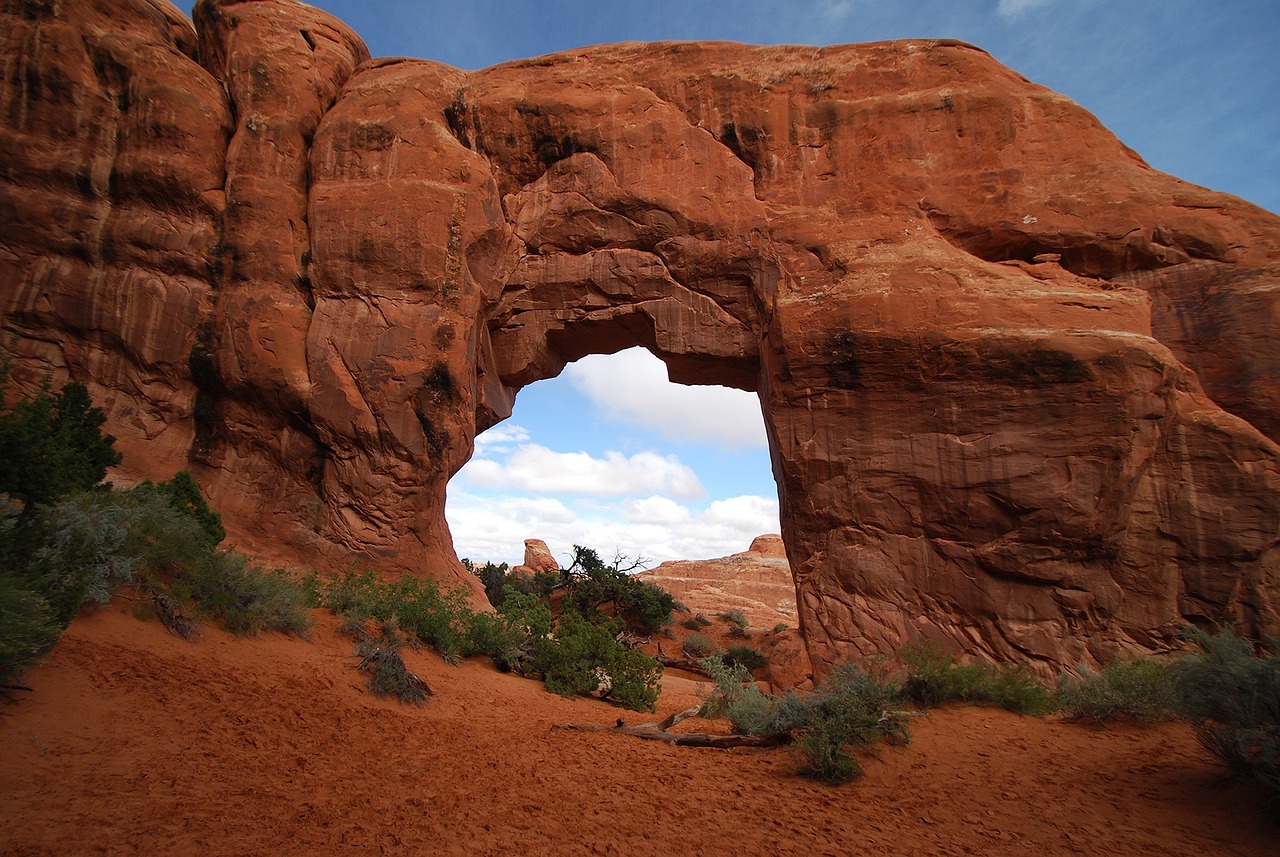
History of the MOAB
The GBU-43/B Massive Ordnance Air Blast (MOAB), often referred to as the "Mother of All Bombs," has a fascinating history that intertwines military innovation with strategic necessity. Its origins can be traced back to the early 2000s, a period marked by the United States’ increasing focus on developing more effective and versatile weaponry. The MOAB was designed during a time when conventional warfare was evolving, and military planners sought a way to deliver a devastating blow to enemy forces while minimizing collateral damage.
The concept of the MOAB emerged from the need for a weapon that could create a powerful blast radius without the use of nuclear arms. Developed by the U.S. Air Force, the MOAB was intended to target fortified positions, caves, and other strategic locations that were difficult to reach with traditional munitions. Its design was influenced by earlier bombs, including the BLU-82 Daisy Cutter, which was used during the Vietnam War to clear landing zones and create massive craters. However, the MOAB took this concept to a whole new level, both in terms of size and explosive power.
In 2003, the MOAB was officially unveiled, showcasing its impressive specifications: weighing approximately 21,600 pounds and carrying around 18,700 pounds of high explosive material. This weapon was not just a simple upgrade; it represented a leap forward in the capability of aerial ordnance. The MOAB's development was a response to the changing landscape of warfare, where conventional tactics needed to adapt to new forms of combat, particularly in rugged terrains like those found in Afghanistan.
Interestingly, the MOAB was not immediately deployed in combat after its introduction. Its first operational use came in April 2017, when it was dropped on an ISIS tunnel complex in Afghanistan. This marked a significant moment in military history, showcasing the bomb's capabilities and sending a clear message about the United States' commitment to combating terrorism. The decision to deploy the MOAB was not taken lightly; it involved extensive planning and consideration of the potential ramifications.
In summary, the history of the MOAB is a testament to military ingenuity and the ongoing quest for more effective means of warfare. It highlights the balance between destructive power and strategic use, a theme that resonates throughout its operational history. As we continue to explore the MOAB's capabilities, it’s essential to understand the context in which it was developed and the impact it has had on modern combat.
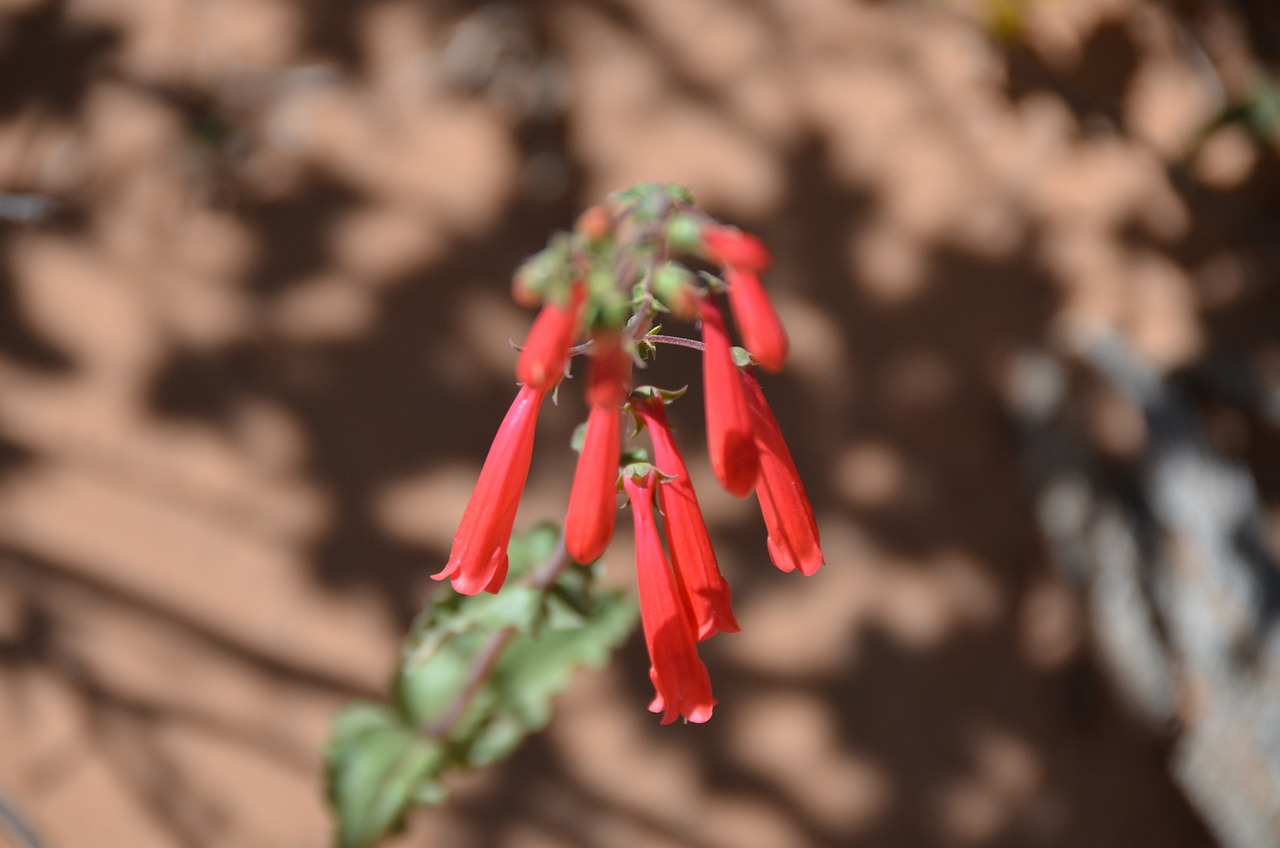
Technical Specifications
The GBU-43/B Massive Ordnance Air Blast (MOAB) is often referred to as the "Mother of All Bombs," and its specifications certainly live up to that intimidating nickname. Weighing in at a staggering 21,600 pounds (approximately 9,800 kg), this bomb is designed to deliver an explosive punch that can devastate a large area. But what exactly makes the MOAB so formidable? Let's break down its key technical specifications to understand its true capabilities.
At the heart of the MOAB's effectiveness is its explosive composition. It utilizes a unique blend of HMX (High Melting Explosive) and other materials, which provides an explosive yield equivalent to around 11 tons of TNT. This immense power allows the MOAB to produce a massive shockwave and a fireball that can obliterate targets and cause extensive damage to structures within a radius of about 1,000 feet (approximately 300 meters). The bomb's design is specifically tailored for airburst detonation, meaning it is most effective when detonated above the ground, maximizing its blast radius and impact.
One of the fascinating features of the MOAB is its guidance system. Unlike traditional bombs that rely on gravity alone, the MOAB is equipped with a Global Positioning System (GPS)C-130 Hercules aircraft, which can carry the bomb in its cargo hold, allowing for strategic delivery in various combat scenarios.
| Specification | Details |
|---|---|
| Weight | 21,600 lbs (9,800 kg) |
| Explosive Yield | Equivalent to 11 tons of TNT |
| Blast Radius | Approx. 1,000 feet (300 meters) |
| Delivery Aircraft | C-130 Hercules |
| Guidance System | GPS and Inertial Navigation |
Moreover, the MOAB's design incorporates a distinctive airburst capability, which is critical for maximizing its destructive potential. When detonated in an airburst, the bomb creates a larger shockwave and thermal effect than if it were to detonate upon impact. This feature is particularly useful in targeting fortified positions or large troop concentrations, as it can effectively neutralize threats without the need for direct contact with the ground. The MOAB is a prime example of how military technology has evolved to create weapons that are not only powerful but also precise and strategic in their application.
In summary, the technical specifications of the GBU-43/B MOAB reveal a weapon that is both awe-inspiring and terrifying. With its massive weight, explosive power, advanced guidance systems, and airburst capabilities, the MOAB stands as a testament to modern military engineering and its role in contemporary warfare.
- What is the primary purpose of the MOAB? The MOAB is designed to destroy large targets and fortifications, delivering a massive explosive force over a wide area.
- How is the MOAB delivered to the target? It is typically deployed from a C-130 Hercules aircraft, which can carry the bomb in its cargo hold.
- What are the ethical implications of using such a powerful weapon? The use of the MOAB raises concerns about civilian casualties and the humanitarian impact of its deployment in populated areas.
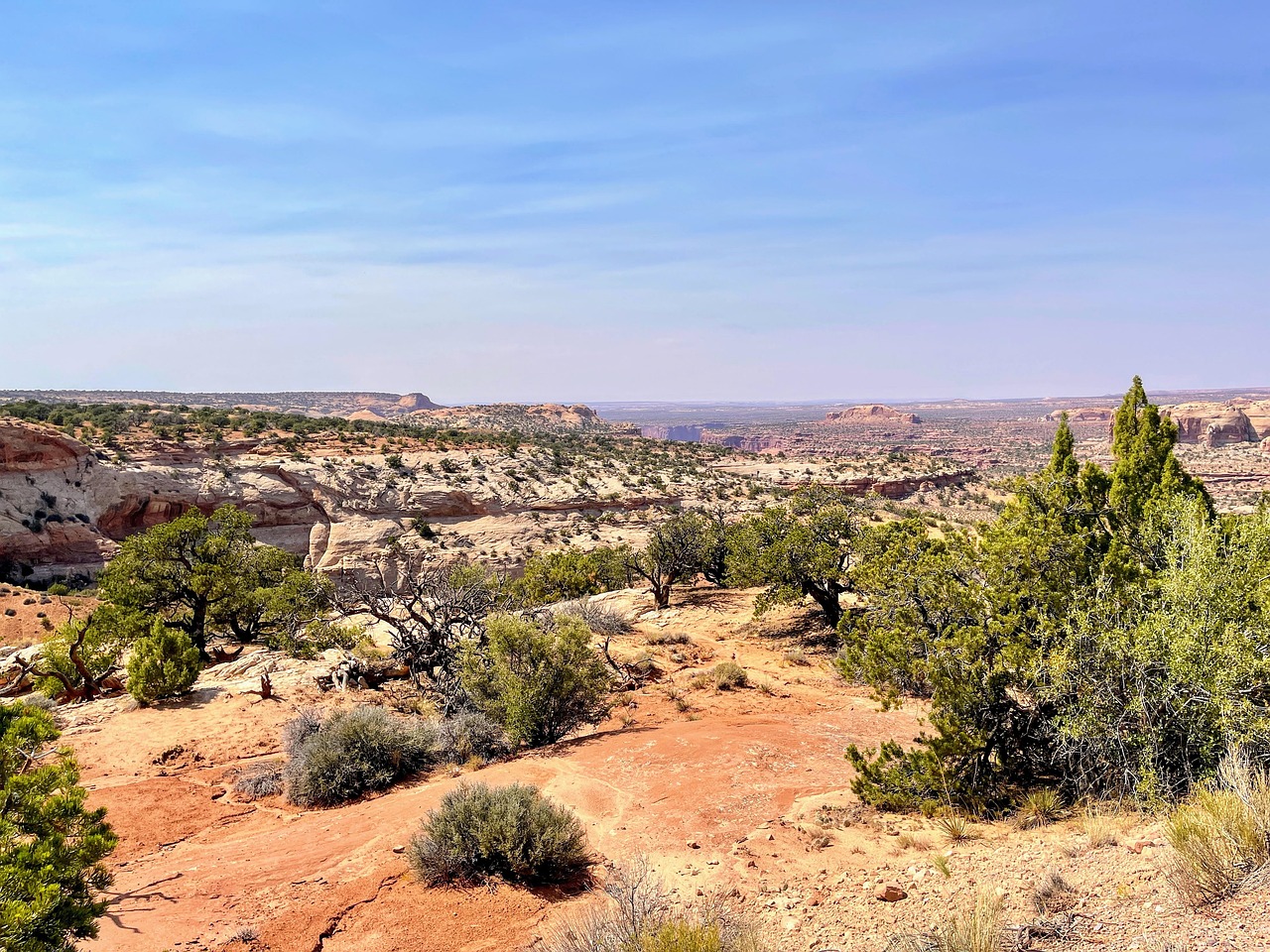
Deployment Scenarios
The GBU-43/B Massive Ordnance Air Blast (MOAB) is not just a weapon; it's a symbol of military might that has been deployed in some of the most critical operations in modern warfare. First used in combat in 2017, the MOAB was dropped on an ISIS tunnel complex in Afghanistan, a decision that sent shockwaves through the military community and the world at large. This deployment was not merely about showcasing firepower; it was a calculated move aimed at dismantling a significant stronghold of the enemy.
What makes the MOAB particularly interesting is its strategic deployment. Unlike traditional bombs that target specific military assets, the MOAB is designed for maximum area destruction. This means that it can effectively neutralize entire groups of enemy combatants, infrastructure, and even morale, all in one fell swoop. Imagine a massive wave crashing down on a shoreline, obliterating everything in its path—that's the kind of impact the MOAB aims to have.
In addition to its use against ISIS, the MOAB has been considered for deployment in various other scenarios. The military often evaluates its use in situations where conventional weapons might fall short, such as:
- Counter-terrorism operations: Targeting hidden networks of insurgents.
- Urban warfare: Clearing out fortified positions in densely populated areas.
- Psychological warfare: Instilling fear in enemy forces and altering their decision-making.
One of the most compelling aspects of the MOAB's deployment is the strategic decision-making process that precedes its use. Military leaders weigh the potential benefits against the risks, including collateral damage and international backlash. For instance, during its first deployment, the U.S. military had to consider not just the immediate tactical advantages but also the broader implications for U.S. foreign policy and public perception.
Moreover, the MOAB is not just a standalone weapon; it is part of a larger arsenal of air-delivered munitions. Its deployment is often accompanied by other tactical operations, ensuring that it complements rather than complicates the military's objectives. The coordination with ground forces and intelligence units is vital for maximizing the effectiveness of the MOAB while minimizing unintended consequences.
As we look to the future, the scenarios in which the MOAB might be deployed will likely evolve. With advancements in military technology and changes in global conflict dynamics, the MOAB could find itself being utilized in ways we have yet to imagine. However, each deployment will continue to be scrutinized, both for its effectiveness and its ethical implications.
Q: What is the primary purpose of the MOAB?
A: The primary purpose of the MOAB is to deliver a massive explosive payload to target large areas, effectively neutralizing enemy forces and infrastructure.
Q: How does the MOAB compare to traditional bombs?
A: Unlike traditional bombs that target specific locations, the MOAB is designed for area destruction, making it suitable for different tactical situations.
Q: Are there ethical concerns regarding the use of the MOAB?
A: Yes, the use of the MOAB raises ethical questions about collateral damage and the impact on civilian populations in conflict zones.
Q: What future scenarios could involve the MOAB?
A: Future scenarios may include counter-terrorism operations and urban warfare, especially in situations where conventional weapons may not be as effective.

Impact on Warfare
The introduction of the GBU-43/B Massive Ordnance Air Blast (MOAB) has undeniably transformed the landscape of modern warfare. This weapon, often referred to as the "Mother of All Bombs," has changed not only the tactics employed by military forces but also the very nature of combat itself. Imagine a thunderous explosion that can clear entire areas, reshape battlefields, and instill fear in adversaries. The MOAB is not just about brute force; it's about psychological warfare and strategic advantage.
One of the most significant impacts of the MOAB is its ability to target fortified positions and underground facilities effectively. In conflicts where traditional munitions might struggle to penetrate hardened structures, the MOAB acts as a game changer. Its massive blast radius and explosive power can obliterate enemy defenses, paving the way for ground troops to advance with reduced resistance. This capability has been particularly useful in the fight against insurgents and terrorist organizations that often hide in complex tunnel systems.
Moreover, the MOAB's deployment has shifted military strategies towards a more decisive and impactful approach. Commanders now consider the psychological effects of using such a powerful weapon. The mere threat of a MOAB strike can deter enemy forces, leading to quicker resolutions in conflicts. It's akin to wielding a double-edged sword; while it can decisively end hostilities, its use can also escalate tensions and provoke retaliatory actions.
In examining the operational history of the MOAB, we can see its effects in various military engagements. For instance, during the 2017 strike in Afghanistan, the U.S. military used the MOAB to target a network of ISIS tunnels. The successful strike not only resulted in significant enemy casualties but also sent a powerful message to adversaries worldwide about the capabilities of U.S. forces. Such actions underscore the MOAB's role in shaping the narrative of military power and deterrence.
However, the implications of using such a devastating weapon are complex. While it may provide immediate tactical advantages, the long-term consequences can be severe. The destruction caused by the MOAB can lead to significant civilian casualties and infrastructure damage, raising questions about the ethical ramifications of its use. In a world increasingly focused on minimizing collateral damage, the MOAB stands at the crossroads of military necessity and moral responsibility.
In summary, the impact of the MOAB on warfare is profound and multifaceted. It has altered combat strategies, enhanced the effectiveness of military operations, and raised critical ethical questions. As we move forward, understanding the implications of such powerful ordnance is crucial in navigating the future of military engagements.
- What is the MOAB? The GBU-43/B Massive Ordnance Air Blast (MOAB) is a powerful bomb designed to create a massive explosion, capable of destroying large areas and fortified structures.
- How does the MOAB differ from other bombs? The MOAB is unique due to its size and explosive power, designed for maximum destruction over a wide area, unlike smaller conventional bombs.
- When was the MOAB first used? The MOAB was first deployed in combat in April 2017 during a strike against ISIS in Afghanistan.
- What are the ethical concerns surrounding the use of the MOAB? The use of the MOAB raises concerns about civilian casualties, collateral damage, and the moral implications of employing such a destructive weapon in conflict.
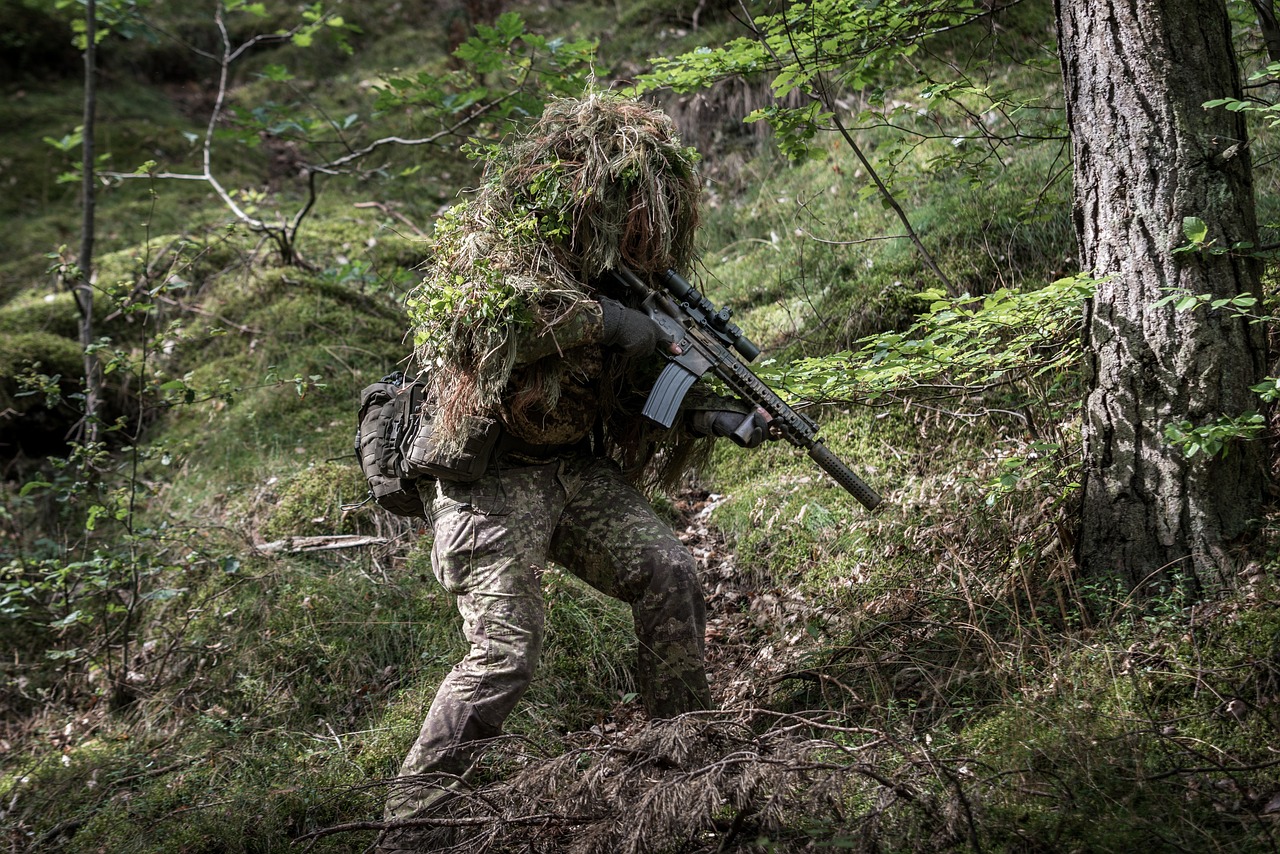
Comparison with Other Ordnance
When it comes to heavy munitions, the GBU-43/B Massive Ordnance Air Blast (MOAB) stands out as a titan among its peers. But how does it measure up against other types of ordnance? To truly appreciate the MOAB's prowess, we need to compare it with several notable weapons in the military's arsenal. This not only highlights its unique capabilities but also reveals the strategic advantages and limitations it carries.
The MOAB is often likened to a giant among conventional bombs, primarily due to its massive size and explosive power. Weighing in at about 22,600 pounds, it is specifically designed to create a devastating blast radius of over 1 mile, which can obliterate anything within its vicinity. In contrast, let's take a look at a few other well-known bombs:
| Ordnance Type | Weight (lbs) | Explosive Yield (TNT equivalent) | Primary Use |
|---|---|---|---|
| GBU-43/B MOAB | 22,600 | 11 tons | Area denial, destruction of infrastructure |
| GBU-31 JDAM | 2,000 | 1 ton | Precision strikes |
| Mark 84 | 2,000 | 1 ton | General-purpose bombing |
| BLU-82 Daisy Cutter | 15,000 | 12 tons | Clearing landing zones |
As shown in the table, the MOAB dwarfs most conventional bombs in terms of weight and explosive yield. However, it's important to note that while the MOAB is designed for maximum area damage, other ordnance, like the GBU-31 Joint Direct Attack Munition (JDAM), is engineered for precision strikes. The JDAM weighs significantly less but is equipped with advanced guidance systems that allow for pinpoint accuracy, making it ideal for surgical strikes in urban environments.
Furthermore, the BLU-82, often referred to as the "Daisy Cutter," is another contender in the realm of massive ordnance. While it is slightly lighter than the MOAB, it has a similar purpose of creating a large blast radius to clear areas for troop movements. However, the MOAB's enhanced design and larger explosive yield give it a distinct edge when it comes to sheer destructive capability.
In terms of tactical application, the MOAB is often reserved for situations where overwhelming force is necessary, such as targeting fortified positions or large troop concentrations. Its deployment is a calculated decision, often made when the military seeks to send a clear message or achieve a significant psychological impact. In contrast, smaller munitions like the JDAM are more commonly used in day-to-day operations where precision is paramount.
Ultimately, the comparison between the MOAB and other ordnance types underscores the diverse needs of modern warfare. Each weapon serves its unique purpose, and while the MOAB may reign supreme in terms of raw power, the effectiveness of any munition is determined by the context in which it is deployed. The evolution of military strategy continues to shape how these weapons are utilized, ensuring that each type of ordnance has its place in the complex theater of combat.
- What is the main purpose of the MOAB? The MOAB is designed to create a massive blast radius to destroy large targets and clear areas for troop movements.
- How does the MOAB differ from precision-guided munitions? Unlike precision-guided munitions, which focus on accuracy, the MOAB is meant for area denial and overwhelming force.
- What are the ethical implications of using such powerful weapons? The use of the MOAB raises ethical concerns regarding collateral damage and civilian casualties in conflict zones.
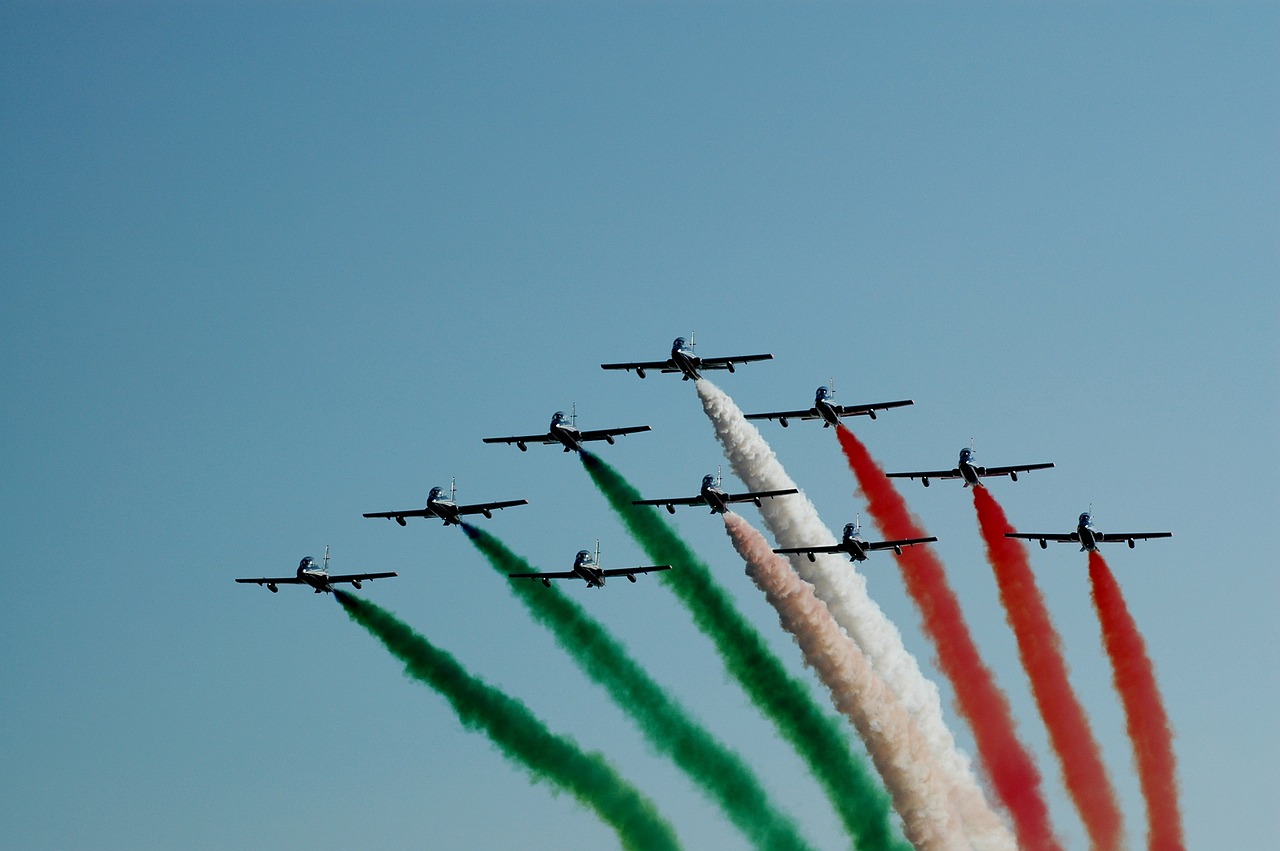
Controversies and Criticism
The deployment of the GBU-43/B Massive Ordnance Air Blast (MOAB) has sparked significant controversies and criticism, primarily focusing on its ethical implications and the broader consequences of using such a powerful weapon in conflict zones. Critics argue that the sheer destructive power of the MOAB raises serious questions about the morality of its use, particularly in densely populated areas where civilian casualties could be substantial. The idea of unleashing a bomb that can create a blast radius of over a mile is alarming to many, and it challenges the principles of proportionality and distinction in warfare.
One of the main points of contention is the impact on civilians. During its use, especially in regions with complex urban environments, the risk of collateral damage escalates dramatically. Humanitarian organizations have expressed concerns that such weapons can lead to significant loss of life among non-combatants, further exacerbating the humanitarian crises in conflict zones. The question arises: is it justifiable to use a weapon that can obliterate targets while potentially harming innocent lives?
Moreover, the psychological effects on both the local population and military personnel cannot be overlooked. The use of the MOAB can instill fear and trauma in civilians, creating a long-lasting impact on communities already suffering from the ravages of war. For military personnel, the decision to deploy such devastating ordnance can weigh heavily on their conscience, as they grapple with the realities of their actions and the potential for unintended consequences.
There are also political implications associated with the use of the MOAB. Governments that utilize this weapon may face international backlash, damaging their reputation and complicating diplomatic relations. The perception of a nation willing to deploy such overwhelming force can lead to increased animosity and resistance from affected populations and their allies. Critics argue that the use of the MOAB could be seen as a failure of strategy, indicating a reliance on brute force rather than seeking more nuanced and effective solutions to conflicts.
In light of these controversies, some analysts advocate for a reevaluation of military strategies that involve massive ordnance. They suggest that the military should prioritize precision strikes and intelligence-driven operations that minimize the risk to civilians and infrastructure. The debate continues as military leaders, policymakers, and ethicists grapple with the implications of such powerful weapons in an ever-evolving landscape of warfare.
- What is the MOAB? The GBU-43/B MOAB is a large air-dropped bomb designed to produce a massive blast effect, primarily used against fortified positions and large concentrations of enemy forces.
- Why is the MOAB controversial? The MOAB is controversial due to its potential for high civilian casualties and the ethical implications of using such a destructive weapon in populated areas.
- How does the MOAB compare to other bombs? The MOAB is unique in its size and explosive power, surpassing conventional bombs in terms of the area affected by its blast.
- What are the potential consequences of using the MOAB? The use of the MOAB can lead to significant civilian casualties, psychological trauma, and political fallout, complicating military objectives and international relations.
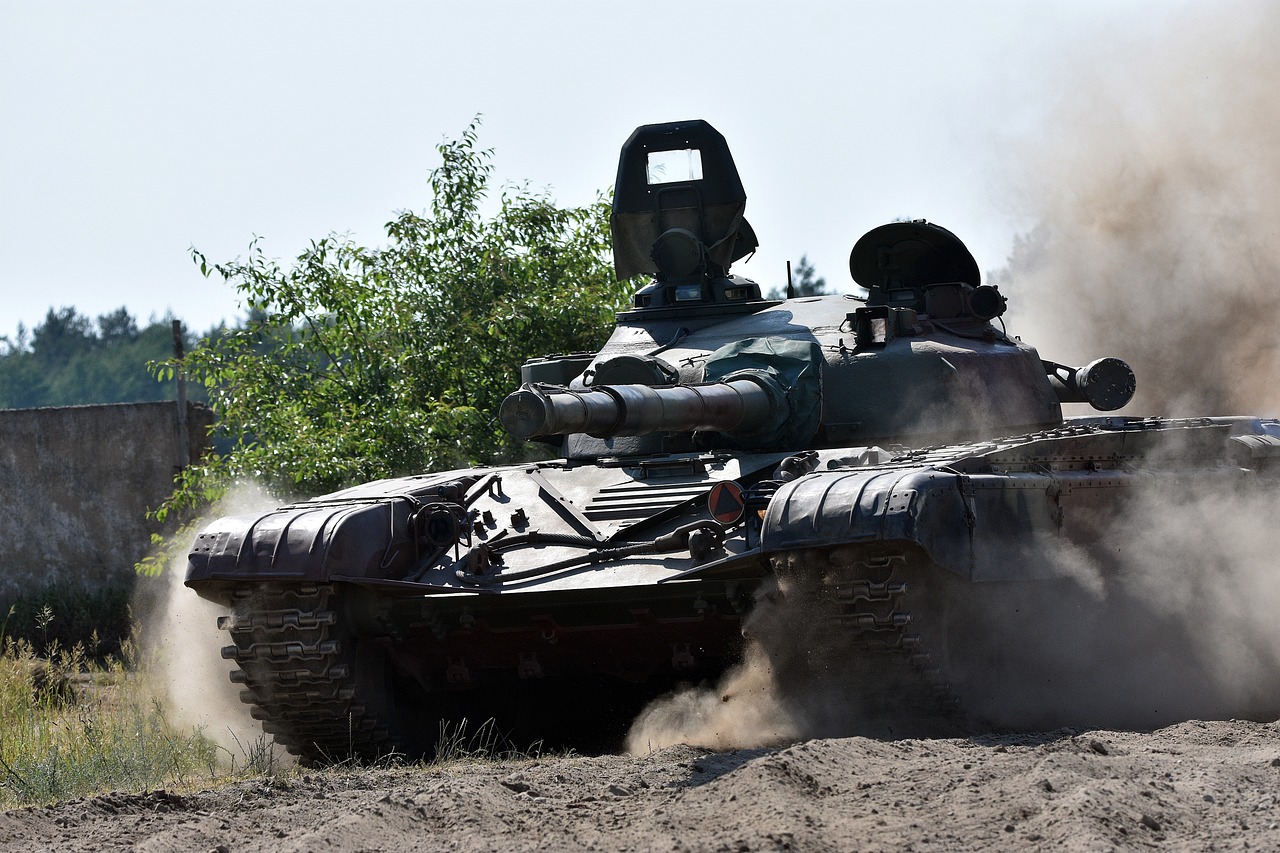
Future of Massive Ordnance
The future of massive ordnance, particularly weapons like the GBU-43/B MOAB, is a topic that stirs both intrigue and concern in military circles and beyond. As global conflicts evolve and the nature of warfare shifts, the role of such powerful weapons is continually being reassessed. One might wonder, will we see more of these colossal bombs in future battles, or are they destined to become relics of a bygone era? The answer lies in the intersection of technology, strategy, and ethical considerations.
Advancements in military technology are relentless. With the rise of precision-guided munitions and smart weapons, the need for massive, indiscriminate firepower is being challenged. The military is increasingly focused on minimizing collateral damage while maximizing effectiveness. Therefore, the future may not hold a place for traditional massive ordnance in the same way it has in the past. Instead, we might witness a shift towards more sophisticated systems that can deliver explosive power with pinpoint accuracy.
However, the sheer impact of a weapon like the MOAB cannot be overlooked. Its psychological effect on adversaries, coupled with its ability to destroy large targets, ensures that it retains a certain allure. Military strategists must weigh the benefits of deploying such a weapon against the potential backlash from civilian casualties and international condemnation. This balancing act raises questions about the ethical implications of using massive ordnance in modern warfare.
Looking ahead, we can anticipate several trends shaping the future of massive ordnance:
- Technological Integration: Future massive ordnance may incorporate advanced guidance systems, making them more precise while retaining their destructive capabilities.
- Robotic and Autonomous Systems: The integration of drones and robotic systems could change how these weapons are deployed, potentially allowing for safer operations from a distance.
- International Treaties and Regulations: As the global community becomes increasingly aware of the humanitarian issues surrounding massive ordnance, we may see new treaties aimed at regulating their use.
Moreover, as nations invest in research and development, the concept of "massive ordnance" itself may evolve. We could see the advent of new types of explosives that are not only larger but also more versatile, capable of fulfilling various roles on the battlefield. The potential for hybrid weapons, which combine the characteristics of different ordnance types, could redefine what we consider massive ordnance.
In conclusion, while the future of massive ordnance like the MOAB is uncertain, it is clear that its evolution will be shaped by technological advancements and ethical considerations. As military strategies continue to adapt to the complexities of modern warfare, the role of such powerful weapons will need to be carefully scrutinized. The balance between effectiveness and morality will be crucial in determining whether massive ordnance remains a staple of military arsenals or becomes a chapter in history.
1. What is the MOAB and why is it significant?
The MOAB, or Massive Ordnance Air Blast, is one of the most powerful conventional bombs in the world, designed to create a massive blast effect. Its significance lies in its ability to destroy large targets and instill psychological fear in adversaries.
2. How does the MOAB compare to other bombs?
While the MOAB is one of the largest non-nuclear bombs, it differs from others in its design and intended use. It is primarily used for area denial and to target fortified positions, whereas other bombs may focus on precision strikes.
3. Are there ethical concerns surrounding the use of the MOAB?
Yes, the deployment of the MOAB raises significant ethical questions, particularly regarding potential civilian casualties and the broader implications of using such destructive force in populated areas.
4. What does the future hold for massive ordnance?
The future of massive ordnance will likely be influenced by technological advancements, ethical considerations, and changing military strategies. We may see a shift towards more precise, controlled forms of explosive power.
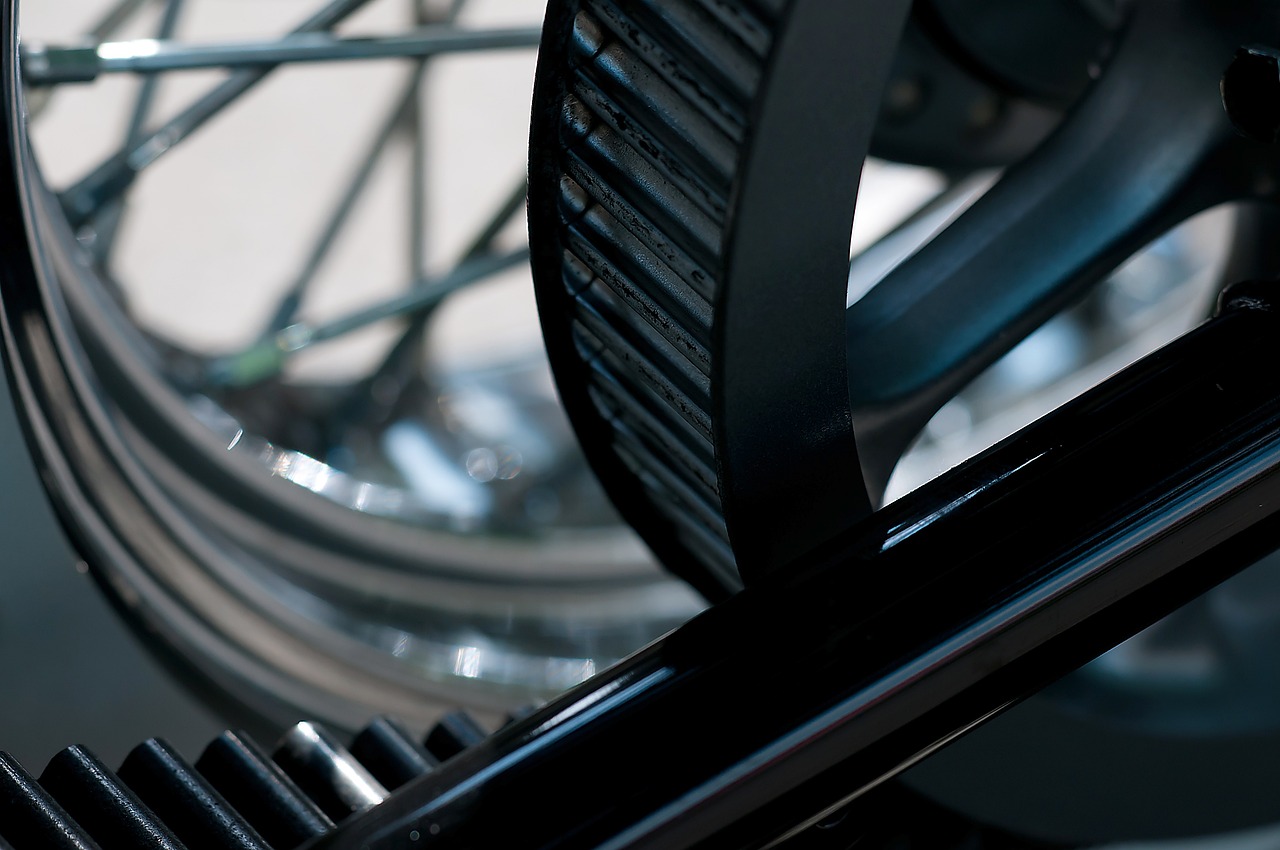
Conclusion and Implications
In conclusion, the GBU-43/B Massive Ordnance Air Blast (MOAB) is not just a weapon; it’s a symbol of the evolution of military capabilities in modern warfare. Its sheer size and explosive power have redefined the parameters of how conflicts are approached and executed. The MOAB serves as a reminder of the lengths to which military forces will go to achieve their objectives, often with devastating results. As we reflect on its significance, several implications arise that deserve attention.
First and foremost, the deployment of the MOAB raises critical questions about the ethics of using such a powerful weapon. The potential for collateral damage is immense, and the humanitarian impact cannot be ignored. With each use, there is a risk of civilian casualties, which can lead to long-term consequences for regional stability and international relations.
Moreover, the MOAB's introduction has sparked a shift in military tactics. Traditional ground warfare has been augmented by the ability to deliver massive airstrikes, which can alter the battlefield dynamics almost instantaneously. This shift raises concerns about the future of warfare, where the line between conventional and unconventional tactics may become increasingly blurred.
As military technology continues to advance, the implications of using massive ordnance like the MOAB extend beyond immediate tactical advantages. Future conflicts may see an escalation in the use of similar weapons, prompting a reevaluation of international laws regarding warfare. The potential for an arms race involving such destructive capabilities could have dire consequences for global security.
To encapsulate the significance of the MOAB, we can consider its dual nature: it serves as a powerful tool for achieving military objectives, yet it also embodies the ethical dilemmas that come with wielding such power. The future of warfare may depend on how these dilemmas are navigated by military leaders and policymakers.
- What is the MOAB and why was it developed? The GBU-43/B MOAB is a large air-dropped bomb designed to create a massive explosion, primarily intended for use against fortified targets.
- What are the primary effects of the MOAB? The MOAB produces a powerful blast wave and thermal effects, capable of destroying structures and inflicting significant damage over a wide area.
- How does the MOAB compare to other bombs? The MOAB is unique due to its size and explosive yield, making it one of the most powerful non-nuclear bombs in the U.S. arsenal.
- What are the ethical concerns surrounding the use of the MOAB? The potential for civilian casualties and destruction of infrastructure raises significant ethical questions about its deployment in conflict zones.
- What might the future hold for weapons like the MOAB? As military technology evolves, there may be advancements in both the design and deployment of massive ordnance, potentially leading to new ethical and strategic challenges.
Frequently Asked Questions
- What is the GBU-43/B MOAB?
The GBU-43/B Massive Ordnance Air Blast (MOAB) is a powerful bomb developed by the United States military. Often referred to as the "Mother of All Bombs," it is designed to create a massive blast effect, targeting large areas with its explosive power.
- When was the MOAB first used in combat?
The MOAB was first used in combat on April 13, 2017, when it was dropped on an ISIS tunnel complex in Afghanistan. This marked a significant moment in military history, showcasing the MOAB's capabilities in real-world scenarios.
- How does the MOAB differ from other bombs?
The MOAB stands out due to its massive size and explosive yield, which is approximately 11 tons. Unlike conventional bombs, it is designed to create a large air blast effect, making it highly effective against fortified positions and large groups of enemy forces.
- What are the ethical concerns surrounding the use of the MOAB?
The use of the MOAB raises significant ethical questions, particularly regarding civilian casualties and the destruction of infrastructure. Critics argue that its deployment can lead to excessive collateral damage, prompting debates on the morality of using such powerful weapons in populated areas.
- What are the future implications of using weapons like the MOAB?
The future of massive ordnance like the MOAB may involve advancements in precision and targeting technology. As military strategies evolve, the focus may shift towards minimizing collateral damage while still achieving maximum impact in combat scenarios.
- Is the MOAB effective against underground targets?
Yes, the MOAB is particularly effective against underground targets due to its massive blast radius and shock wave. It can collapse tunnels and destroy fortified positions, making it a valuable asset in certain combat situations.
- How is the MOAB delivered to the target?
The MOAB is typically delivered by a C-130 Hercules aircraft, which can carry the bomb and drop it accurately from the air. The delivery system is designed to ensure that the bomb reaches its target with precision, maximizing its effectiveness.










